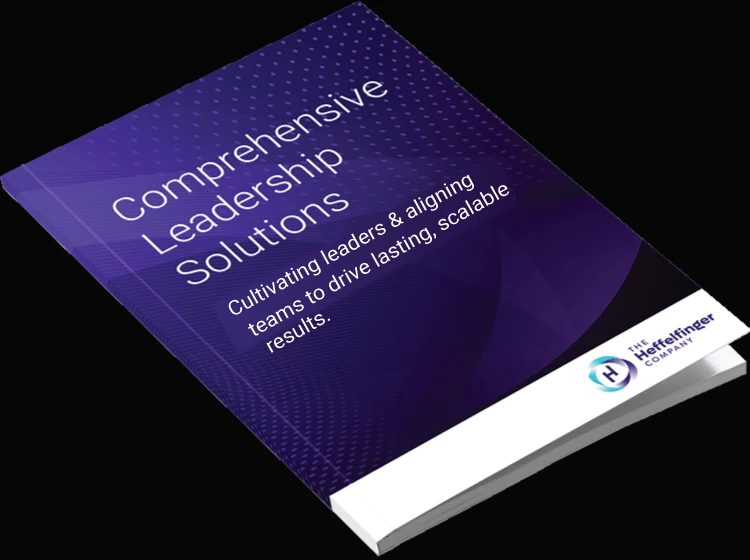"As you believe, so shall you lead…"
~ Leadership from the Inside Out (2008) Kevin Cashman
Leadership is a critical aspect of success within corporations. It goes beyond just holding a position of authority; it involves a set of skills, qualities, and behaviors that inspire and motivate others toward a common goal.
In this blog post, we will explore the fundamentals of leadership, highlighting its essence, distinguishing it from management, and how leaders can set expectations.
What is Leadership?
Leadership is not solely defined by a job title or position. It is a multifaceted concept that involves both learned skills and self-development. True leaders possess the ability to influence, inspire, and guide others toward a shared vision. While some individuals may have natural leadership traits, leadership skills can be developed through education, experience, and a genuine commitment to personal growth.
The Difference Between Managing and Leading
While management and leadership are often used interchangeably, they represent distinct approaches to driving organizational success. Managers typically focus on tasks, budgets, and planning, ensuring operations run smoothly and efficiently. On the other hand, leaders have a broader perspective, sensing and envisioning the future, aligning teams based on shared values, and inspiring others to reach their full potential. Effective leadership combines management skills and the ability to inspire and motivate individuals to achieve long-term goals.
Setting Expectations
Clear expectations are vital for individual and organizational success. Leaders should ensure that their team members understand what success looks like and how their contributions align with broader goals.
When expectations are established and communicated effectively, it creates a sense of purpose, accountability, and direction within the organization.
To set expectations effectively, leaders should:
Clearly communicate expectations and objectives
Play to people's strengths and provide the necessary support
Foster open and frequent communication channels
Encourage feedback and create a culture of learning and growth
Regularly assess performance and provide constructive feedback
Leaders create an environment where employees can thrive by defining goals, clarifying roles, establishing performance standards, encouraging open communication, and leading by example. When expectations are well-defined and communicated, it fosters accountability and engagement and ultimately contributes to the organization's overall success.
Understanding Leadership
Leadership goes beyond mere authority and management. It requires a combination of skills, behaviors, and practices that inspire and motivate individuals to achieve shared goals.
By understanding the fundamentals of leadership, distinguishing it from management, recognizing the stages of leadership development, and setting clear expectations, individuals can become influential leaders who drive positive change within their organizations.
If you'd like to learn more about our leadership development programs, reach out to us.
Warmly,
Lori and James
Lori Heffelfinger & James Jackman
Supporting Business Leaders to Transform Cultures, Teams, and Workplaces.







